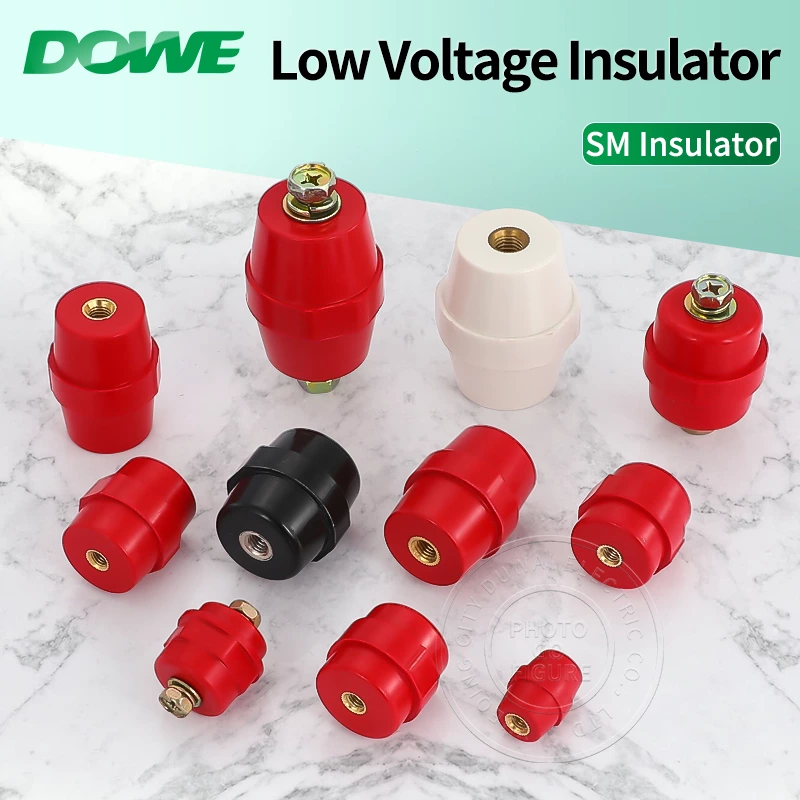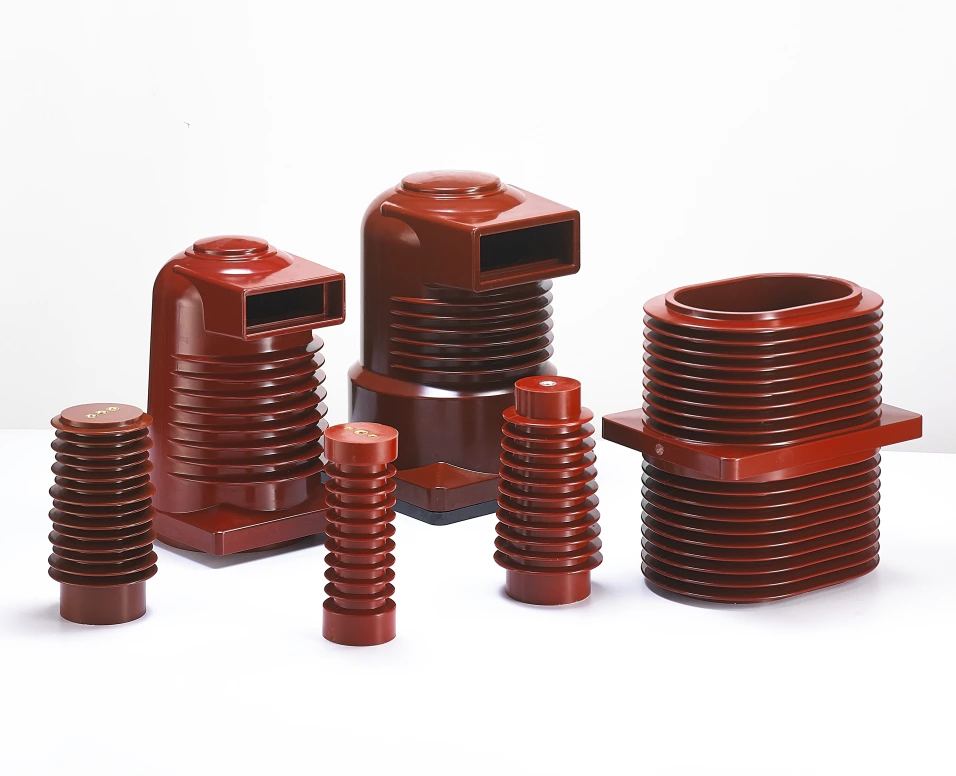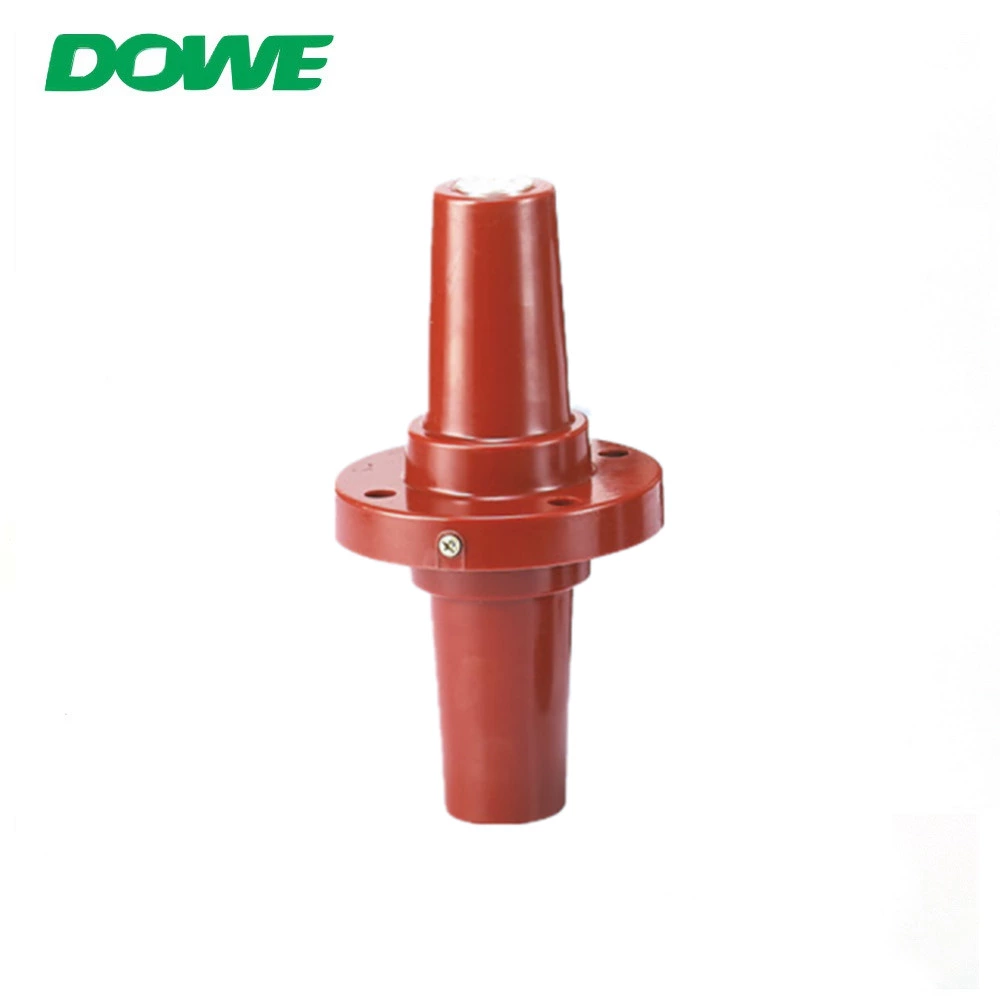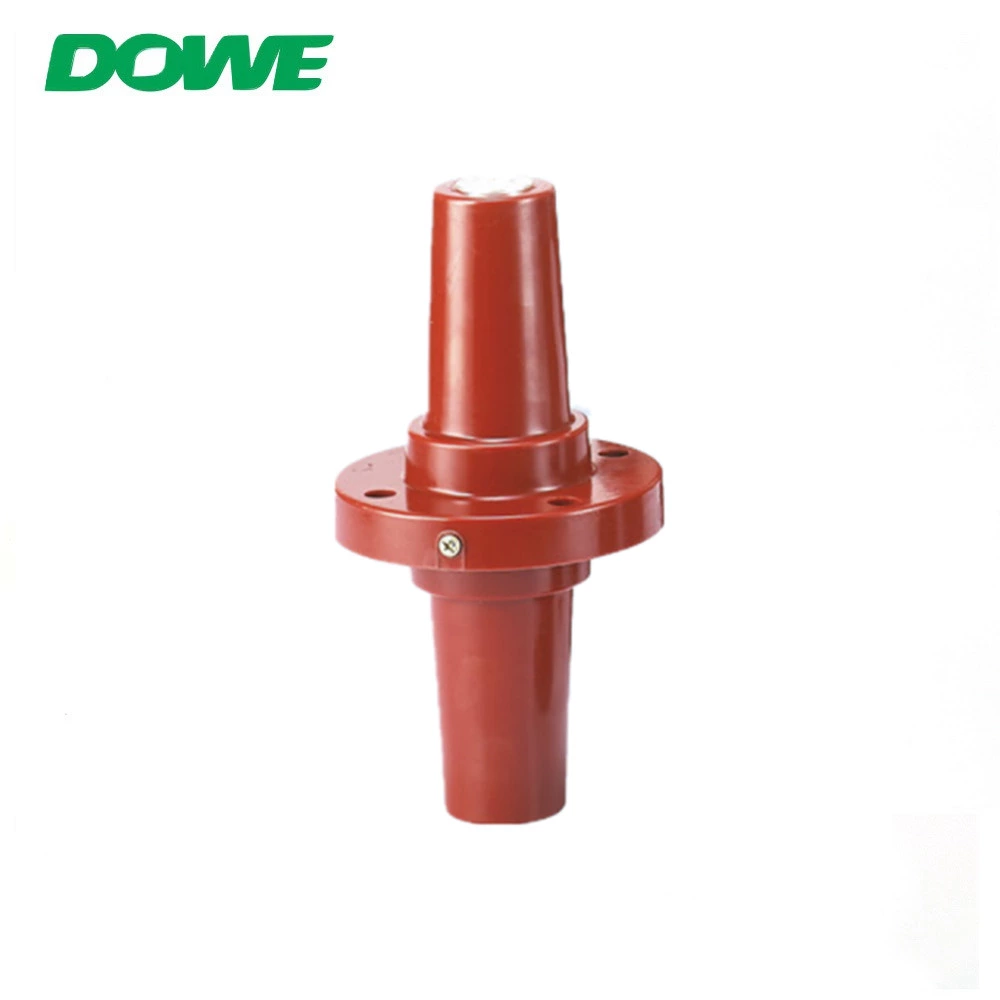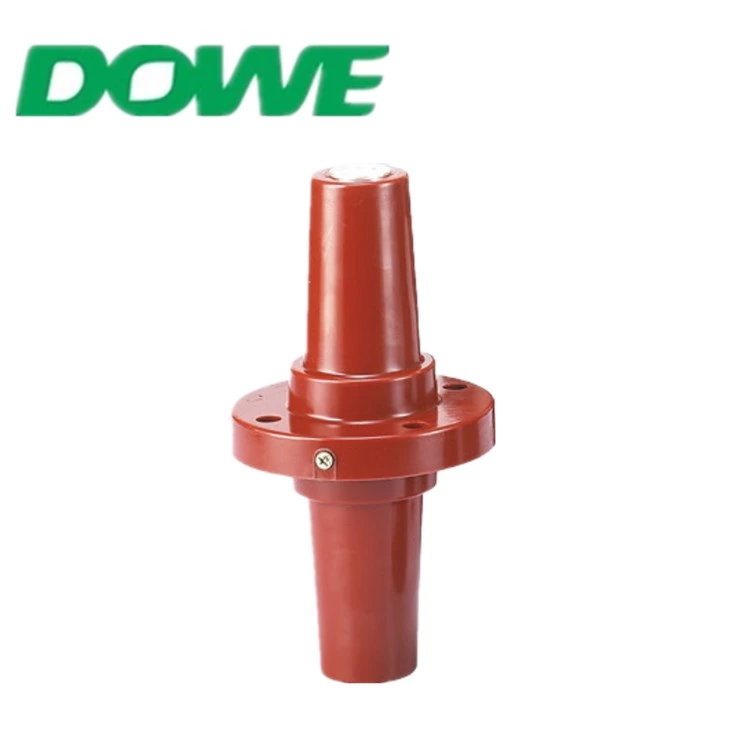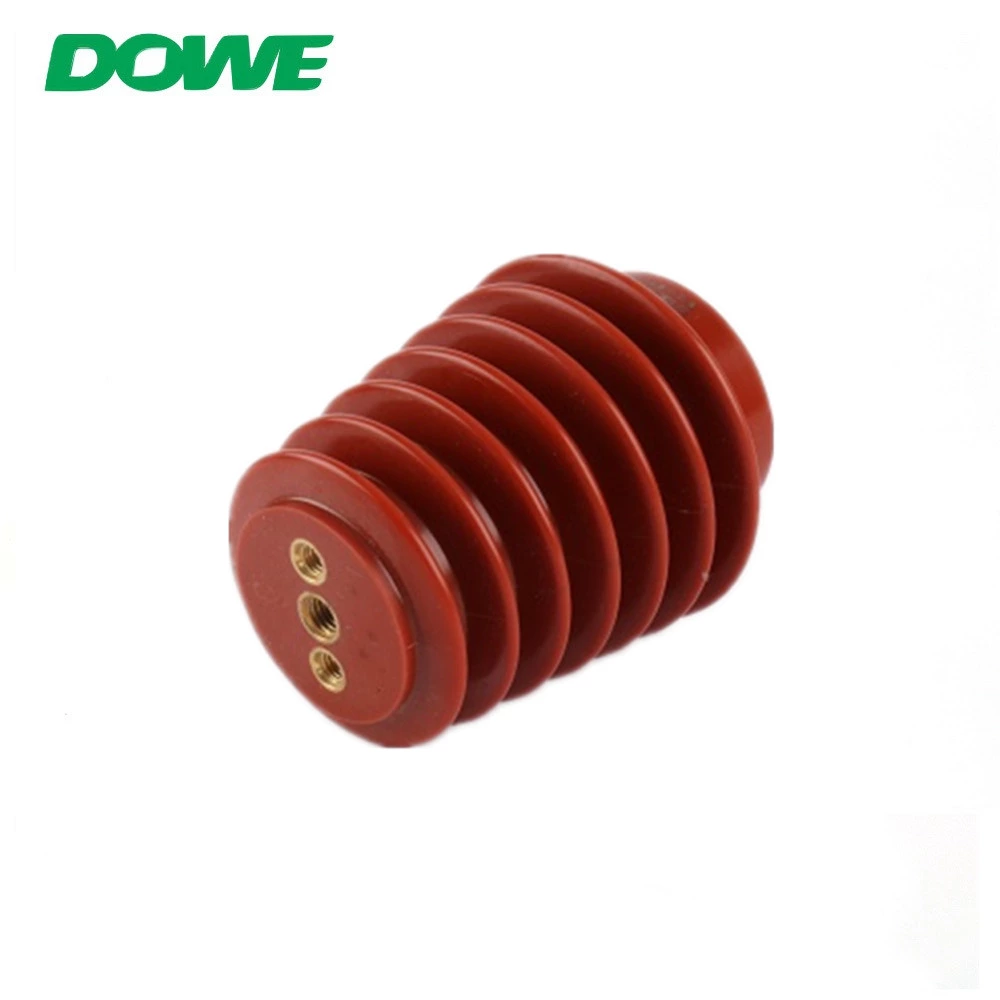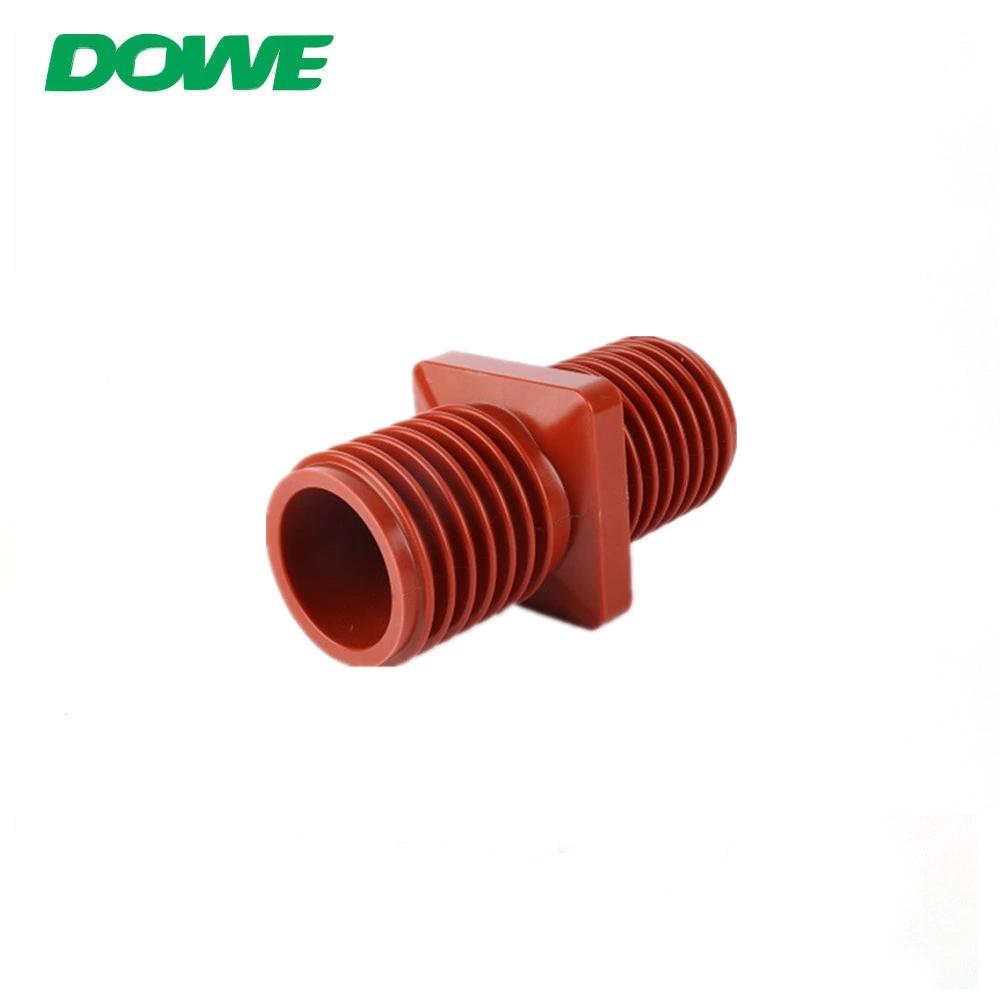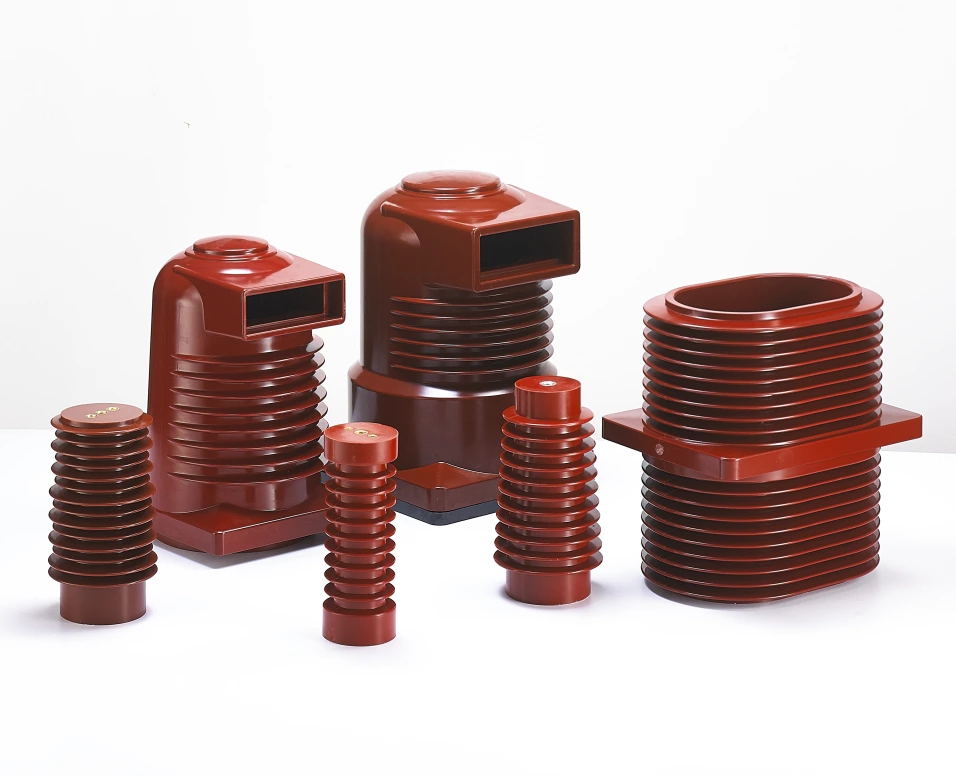Standards and Technical Requirements for Heat Shrink Tubing: A Comprehensive Guide
Heat shrinkable tubes are based on market demand and product application environments that adapt to various requirements. Therefore, there are many models and specifications of heat shrinkable tubes, which are classified according to different materials and different places of use. As a result, many users are unable to make a purchase when they first contact them. Today, the editor of heat shrinkable tube manufacturer Duwai will conduct a detailed analysis of the standards and technical requirements for heat shrinkable tubes.
1. Heat shrink tube standards
Heat shrinkable tubes are the main insulation safety protection auxiliary materials in electronic appliances and high-voltage insulation industries. First of all, I would like to clearly inform you that heat shrinkable tubes are not currently included in the national standards. They only follow industry standards. The industry standards are clearly defined by the China Electricity Council. What is proposed is more cost-effective than what is clearly stated in the national standard, mainly due to the difference in main parameters. The industry standard also has a very high reference value. Heat shrinkable tubes are widely used in household appliances, so environmental protection requirements are high. They usually need to meet RoHS, Reach, and UL224 standards. Export products need to meet the above three types of environmental standards.
2. Technical requirements for heat shrinkable tubes
The technical requirements for heat shrinkable tubes mainly include five main parameters: flame retardant grade, shrinkage ratio, rated voltage, operating temperature, and wall thickness.
1. Heat shrinkable tubes are divided into two types: flame retardant and non-flame retardant. For example, transparent heat shrinkable tubes made of PE polyethylene are non-flame retardant. When purchasing, you need to clarify with the heat shrink tube manufacturer whether there are requirements for flame retardant. The flame retardant grade of flame retardant heat shrink tubing is VW-1 and will extinguish within 60 seconds after leaving the fire source.
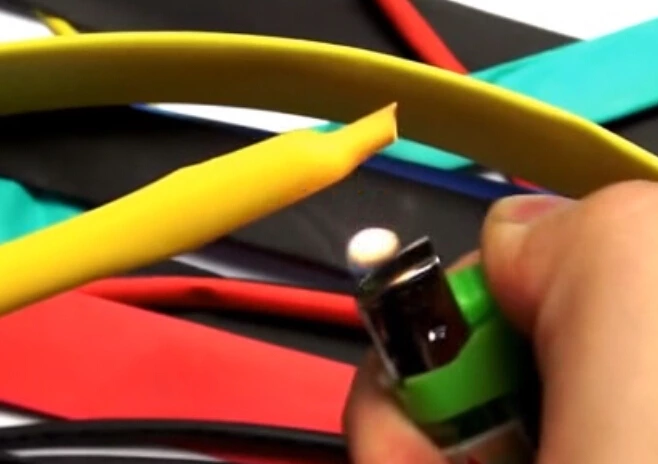
2. The shrinkage ratio is an important technical indicator of heat shrinkable tubes. The shrinkage ratio generally refers to the rate at which the heat shrinkage hole diameter of the heat shrinkable tube becomes smaller. The shrinkage ratios of conventional heat shrinkable tubes are 2 times, 3 times, 4 times and 6 times.
3. Except for the busbar heat shrink tube, the rated voltage of other types of heat shrink tubes is usually 600V. The rated voltage of busbar heat shrinkable tubes is divided into three levels: 1KV, 10KV and 35KV.
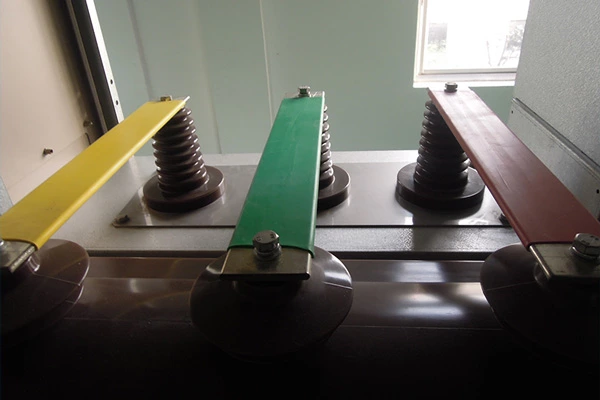
4. The working temperature ranges from 105-260℃ depending on the model and material. The rated working temperature of transparent heat shrinkable tube is 105℃, the rated working temperature of conventional ordinary heat shrinkable tube is 125℃, the rated working temperature of military standard heat shrinkable tube is 135℃, PVDF Heat shrinkable tube 150-175℃, rubber heat shrinkable tube 200℃, Teflon heat shrinkable tube 260℃.
5. Wall thickness is very easy to understand. The heat shrink tube industry usually refers to the single-sided wall thickness. The wall thickness of single-wall heat shrink tubes after complete shrinkage is usually around 0.3-1mm. The wall thickness of double-wall heat shrink tubes after complete shrinkage. The wall thickness of thick-walled heat shrinkable tubes is generally around 3-5mm.
